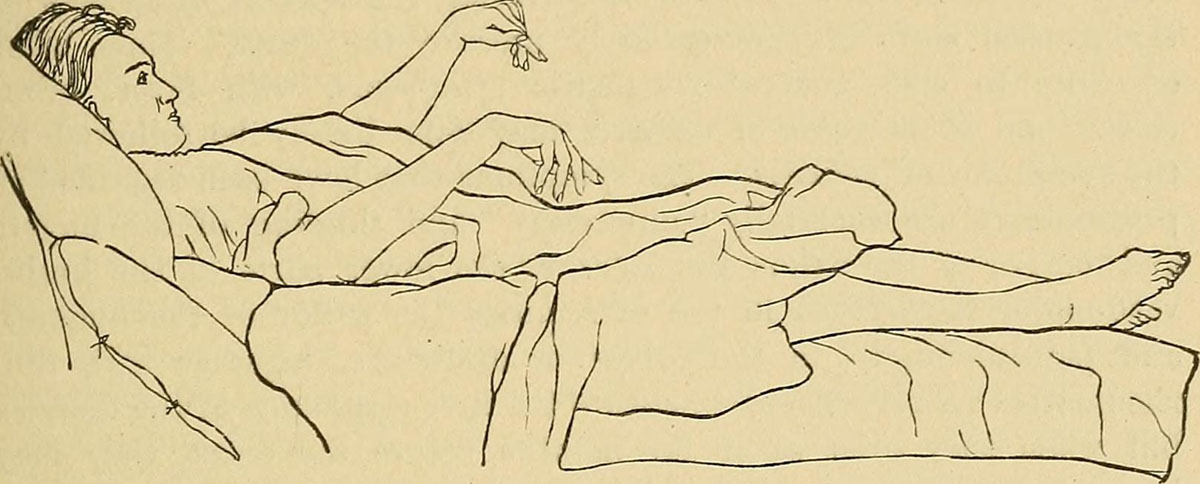
Hallucination is a false sensation of things that do not actually exist but can be heard, seen, smelled or felt. Visual hallucinations involve perception of things and events that are not present. Visual hallucinations often indicate a certain underlying medical condition. Usually, people experience visual hallucinations due to dementia or substance abuse.
Hallucination Types
Hallucination is a perception without stimulus and can occur in all sensory modalities. The most common form of hallucinations are visual in which one perceives objects that are not there but is not aware that the vision is false.
Tactile hallucination involves a sense of touch. It occurs when a person experiences false sensation of touching a thing that does not exist. This type of hallucination also involves a sensation of bugs crawling under or on the skin. This often results out of prolonged use of cocaine or amphetamine.
Hallucinations involving sense of hearing are auditory hallucinations, also known as paracusia. These hallucinations are marked by false perception of sounds, voices, noises or music.
Lilliputian hallucination refers to perceiving objects, people or animals in much smaller size than they actually are. It is caused by the brain problems and can be seen in people suffering from schizophrenia, delirium tremens or brain tumor.
Olfactory hallucination is usually a temporary hallucination involving a sense of smell. People typically experience unpleasant smells or odors that do not exist but may cause vomiting or feeling of sickness.
Gustatory hallucinations are related to a sense of taste. It is a common type of hallucinations where a person experiences specific taste in the mind but not the tongue.
Causes of Visual Hallucinations
Exhaustion and fatigue can often cause visual hallucinations. In an overtired or sleep deprived person the brain is in a state between sleep and wakefulness and can not distinguish between real and imaginary. It results in seeing things that do not exist. This cause of visual hallucinations is not serious and can be treated with rest and sleep.
The leading cause of this type of hallucinations is a mental illness such as schizophrenia, dementia and depression. Mind disorders can be accompanied with lack of sleep and harmful habits such as excess use of drugs that contribute to visual hallucinations.
Another common cause of visual hallucinations is drug abuse. Visual hallucinations can be induced by psychoactive drugs such as LSD, mescaline, marihuana and psilocybin mushrooms. Hallucinogenic drugs alter the state of mind and may cause false visions and other types of hallucinations. However, visual hallucinations can be a side effect of some prescription medications too.
Finally, conditions such as high fever, dehydration or extreme stress can also invoke visual hallucination.




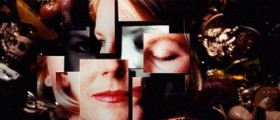
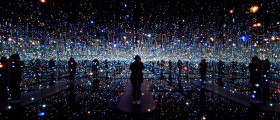
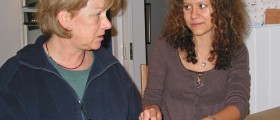
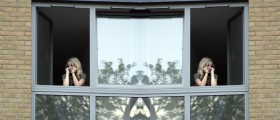


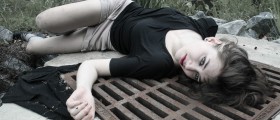






Your thoughts on this
Loading...